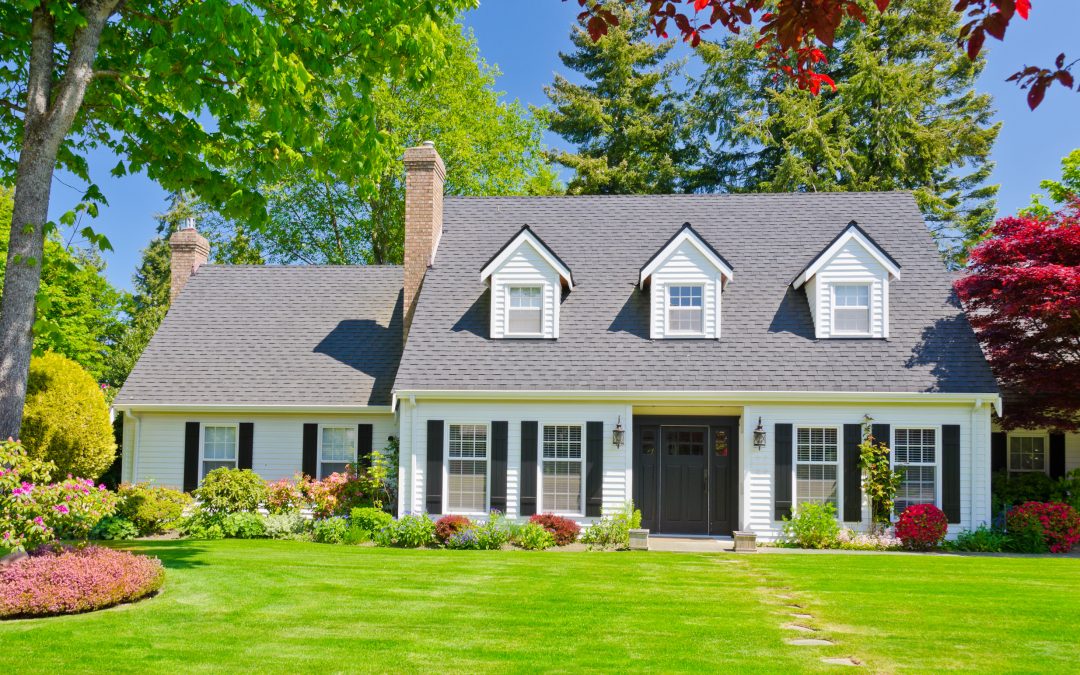Buying a house with an annex is a popular way of looking after elderly relatives, or earning a little extra income from an Air BnB.
But changes to the law last year mean that it could be more expensive than it used to be to buy a house with an annex attached. That’s because the Multiple Dwelling Relief was abolished last year, and so the stamp duty land tax on these types of properties may be higher than you expected.
What was Multiple Dwelling Relief?
Back in 2011, the Government introduced Multiple Dwelling Relief, which reduced the stamp duty land tax that you would pay when you bought more than one dwelling in the same transaction.
It was brought in to encourage investment in residential property and promote the rental housing supply.
Why was it abolished?
The Multiple Dwelling Relief was abolished on 1 June 2024 because an evaluation found that the relief wasn’t meeting its intended aims. There was also evidence of multiple illegitimate claims which were wasting time and resources.
How does this change affect properties with annexes?
In some cases, an annex is treated as a separate property. If that’s the case, then you’re technically buying two properties in one go; the main house and the annex.
That wasn’t a problem when Multiple Dwelling Relief was around, because you would get some reduction in the stamp duty land tax.
But now, this situation might mean that you’re buying an additional property. You buy the house as your first property, and the annex is deemed to be an additional property.
The reason that matters is that there are higher rates of stamp duty land tax applied to additional properties. You usually have to pay 5% above the normal stamp duty land tax that would be due.
(Note that the additional rate changed on 31 October 2024 after the Autumn Budget. It used to be 3%, but now it is 5%)
Is every property with an annex be subject to higher rate SDLT?
The rules on this are quite complicated, and it’s not the case that every property with an annex will be the subject of the higher rates of stamp duty.
You will not have to pay the additional 5% if:
- The annex is within the grounds of the main home; and
- The annex is worth no more than a third of the total value.
To work this out is not always straightforward, especially when it comes to the value of the annex and the main home. We’ll often need expert analysis and a valuation to understand the true picture.
What is an annex?
It’s worth thinking about what qualifies as an ‘annex’. Usually, it must have:
- A bathroom
- A kitchen area
- Facilities for basic domestic living needs
- Its own front door
- Privacy from the main house
Essentially, the annex must be capable of being a separate dwelling. It can be attached to the main house, so long as it has a lockable door between the two properties.
So the main home may be a country home, and the annex is a cottage on the grounds. Or it may be a town house with a self-contained basement. Or a large house with a converted garage, or a separate living area (so long as it meets the criteria above).
How we can help
We’re seeing lots of people who want to buy houses with annexes, usually to care for parents as they get older. The changes to Multiple Dwelling Relief might affect your budget for this type of house, because you may need to pay more stamp duty land tax than you thought you would initially.
As we say though, it will depend on the valuation of the annex and the property, and the type of annex that is attached. We’ve seen a few of these properties recently so if you’d like our support (although we are not tax advisors so specialist advice is key!), please do get in touch.

